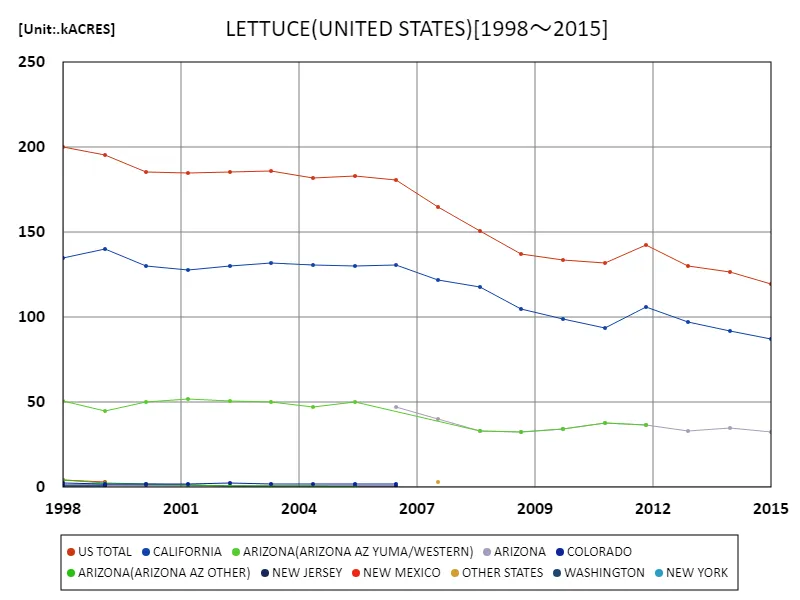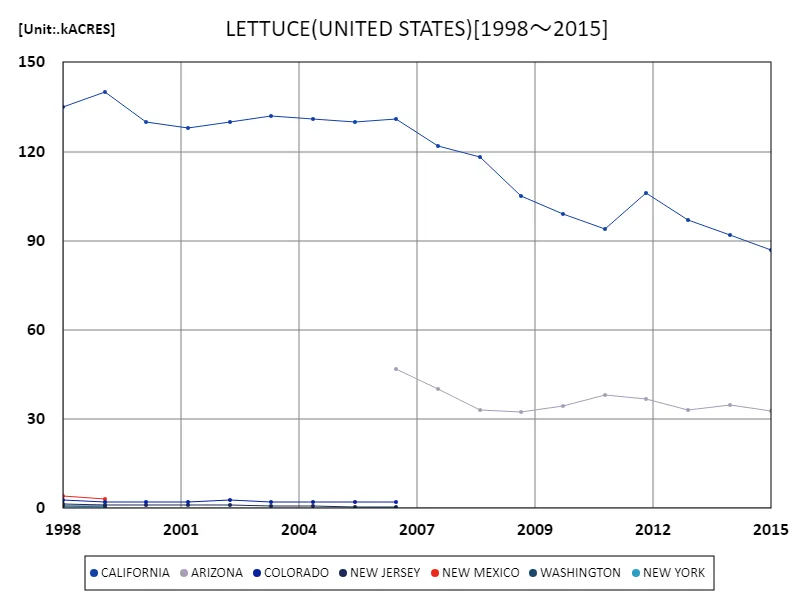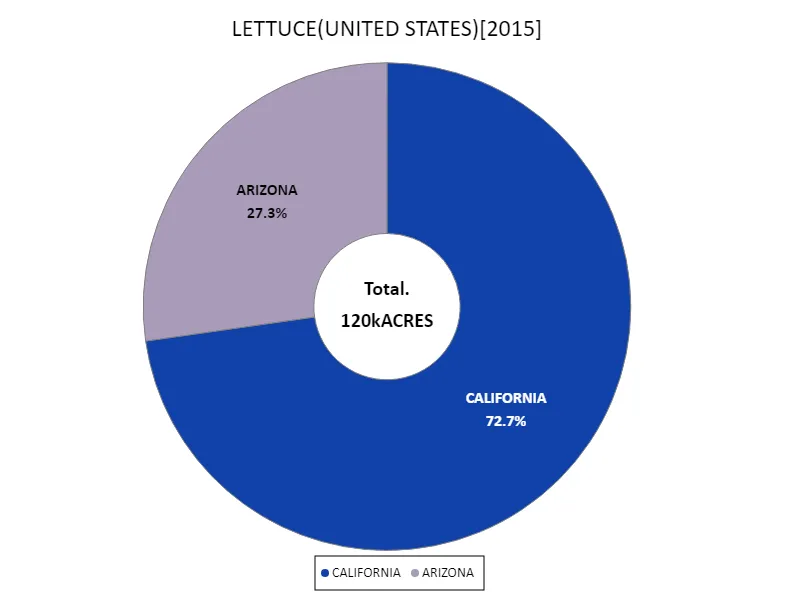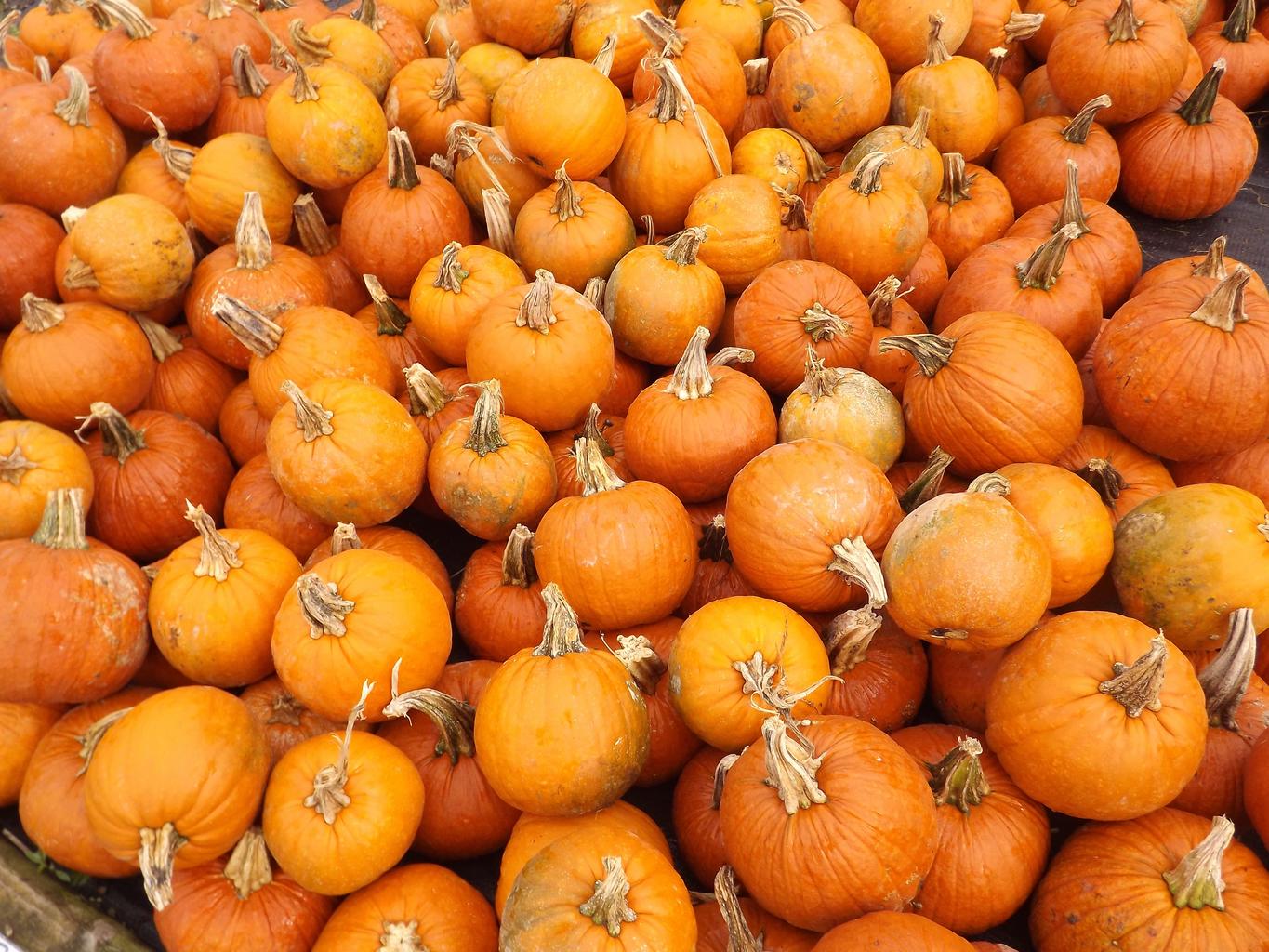Abstract
The annual acreage planted to pumpkins in the United States has shown steady growth in recent years. According to 2023 data, 64.3k acres are being used for pumpkin cultivation across the U.S., a figure that reflects the trend over the past few years. Demand is particularly high for the Halloween season in the fall, and the area of land planted with pumpkins is also steadily increasing. Pumpkins are primarily grown in the Midwest and Southern states, where climatic conditions and soil suitability are key factors. Farmers adjust planting areas according to market demand to optimize yields. Overall, pumpkin production has become an important part of American agriculture, with strategies in place to meet seasonal demand.
Pumpkin planting area
The annual acreage of pumpkins in the United States has shown notable fluctuations from 1997 to 2023. Notably, a peak of 99.4k acres was recorded in 2022, but the area is now down to 64.7% compared to that peak. This fluctuation is mainly due to changes in market demand, climatic conditions and agricultural policies. From the 1990s to the early 2000s, the area of land planted to pumpkins gradually increased, due to increased demand, especially during the Halloween season. However, in the following years, the area planted fluctuated due to oversupply, price fluctuations, and changes in agricultural profitability. Recently, climate change and changes in land use have affected agricultural production, which in turn has affected the area under pumpkin cultivation. In addition, farmers are adjusting their plantings to meet market demand and adopting more efficient cultivation methods, which are contributing to the decline in area. Overall, fluctuations in U.S. pumpkin acreage reflect the balance between demand and supply, climate change, and agricultural policy influences, and suggest that the agricultural industry is adapting to changing conditions.


The maximum is 200kACRES[1998] of US TOTAL, and the current value is about 59.7%
Pumpkin planted area (50 US states)
Based on data from 1997 to 2023, there is significant variation in annual pumpkin planted acreage in the United States. Illinois in particular peaked at 20.1k acres in 2013, but is currently planted to 76.6% of that peak area. Illinois is known as a major pumpkin producing region, and the decline in planted acreage there reflects fluctuating market demand and a changing agricultural environment. The increase in pumpkin acreage in Illinois was fueled by increased demand for Halloween, especially in the early 2010s. However, the subsequent decline has been driven by multiple factors, including declining profitability, climate change and land-use change. As climate change affects crop growth, farmers may choose to switch to other crops, leading to a reduction in the area planted. Agricultural policies and price fluctuations also play a role. The amount of pumpkin acreage in Illinois is likely decreasing due to diversification of land use, the introduction of crops other than pumpkin, and different agricultural practices. Overall, Illinois pumpkin production is changing to adapt to market demands and the agricultural environment.


The maximum is 140kACRES[1999] of CALIFORNIA, and the current value is about 62.1%
Pumpkin planted area (latest year, 50 US states)
According to 2023 data, the total annual pumpkin planting area in the United States is 59.2k acres, with Illinois recording the highest total at 15.4k acres. The overall average planted area was 5.38k acres, with Illinois leading the way. Illinois has been a major pumpkin producing region for many years, maintaining a high planted acreage and accounting for the majority of the total. Historically, pumpkin acreage in Illinois has remained stable and high, primarily due to favorable weather conditions and soil conditions across the state. Meanwhile, the overall average planted area of 5.38k acres indicates comparatively smaller production in other states. The overall planted acreage total of 59.2k acres also reflects pumpkin production remaining at a steady level. With market demand, climate change and fluctuating profitability impacting pumpkin production, Illinois’ high planted acreage demonstrates the importance of local agriculture. Overall, pumpkin production in the United States is characterized by marked regional differences and by the dominance of certain states as production centers.


The maximum is 87kACRES of CALIFORNIA, the average is 59.8kACRES, and the total is 120kACRES



Comments